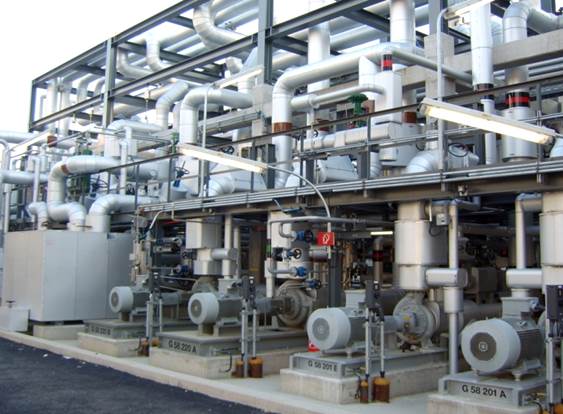In a highly competitive global economy, maximizing results by eliminating costly inefficiencies is critical.
Chemical & Process Industries in India consume lots of Energy; the primary usage being Heating, Cooling, and Electrical Power.
Traditional attempts to reduce energy only focused on individual piece of equipments & units. Process Integration involves a streamlined & systematic “Total site -as a whole” approach towards use of Heating/Cooling Requirements, electrical power and water. Process Integration ensures maximum advantages by providing alternative designs and structured road maps for long term energy savings.
Though Process Integration covers a wide area, pinch analysis companies & process integration services companies focus mainly in Facilities where Distillation consumes major energy, and where lots of waste energy is available.
Reactions like Nitration, Oxidations and Hydrogenations evolve a lot of heat due to exothermic nature. Typically these reactions, distillation processes or other downstream operations consume considerable amount of heat.
Thus, the concept of having continuous processing of these reactions to utilize the heat evolved in downstream operation integrates the process that can result in significant savings and safe operations.
Up till now, Process Integration is in use at bigger plants, Panorama’s idea is to make it work in smaller plants as well.
Process Integration Methodology:
- Generating heat & material balances by optimizing simulation services
- Performing energy analysis to identify alternatives
- Make modifications in processing conditions
- Redesign equipments in the light of above changes.
- Analyze cost data and finalize proposal.
Waste Heat Recovery Units (WHRU)
The exhaust gas of various processes or even from the exhaust stream of processes & conditioning units generates waste heat which can be used to generate useful heat and reduce fuel consumption.
There are many different commercial recovery units for the transferring of energy from hot medium to cold one:
- Recuperators
- Regenerators
- Heat pipe exchanger
- Economizers
- Heat pumps etc
Combined Heat and Power (CHP)
Waste heat of different degrees can be found in final products of certain process or as a by-product in industries like steelmaking plants. Units or devices that could recover the waste heat and transform it into electricity are called CHPs. Such units, for example, use an Organic Rankin Cycle (ORC) with an organic fluid as the working fluid. The fluid has a lower boiling point than water to allow it to boil at low temperature, to for a superheated gas that could drive the blade of a turbine and thus a generator.
Panorama’s offerings
- Process Integration solutions
- Energy analysis solutions
- Batch to Continuous Processing Migration Solutions
- Waste Heat Recovery -Simple Solutions involving heat recoveries only.
- Waste Heat Recovery- Comprehensive solutions including CHP (Combined Heat Power)
Panorama maximizes energy efficiency in both initial design and ongoing operations through best practices pinch analysis. Thermal Pinch Analysis & Process Integration is a systematic methodology for determining optimal energy efficiency. In most cases we find millions of dollars of annual operational savings (in facilities more than 15 years old). For Greenfield development we enable process engineers to properly integrate pinch tools into the conceptual process design phase, on which the foundation of the entire lifecycle is built.
For existing facilities, Panorama provides the most effective action plan by understanding complete energy balance for maximum efficiency, identifying suboptimal energy exchange between process streams, and analyzing the most cost effective balance between energy savings and capital expenditure to achieve optimal efficiency.
On short notice, our experts can pull together engineering scopes and feasibility studies to produce ready-to-use initial design work.
Our onsite dedicated teams are available to directly interact with the process specialists, should onsite be preferred to remotely analyzing. Regardless of geography, we use the highest thermodynamic principles to systematically analyze chemical processes and surrounding utility systems.
Panorama’s pinch analysis results in financial savings through better process heat integration.








Recent Comments